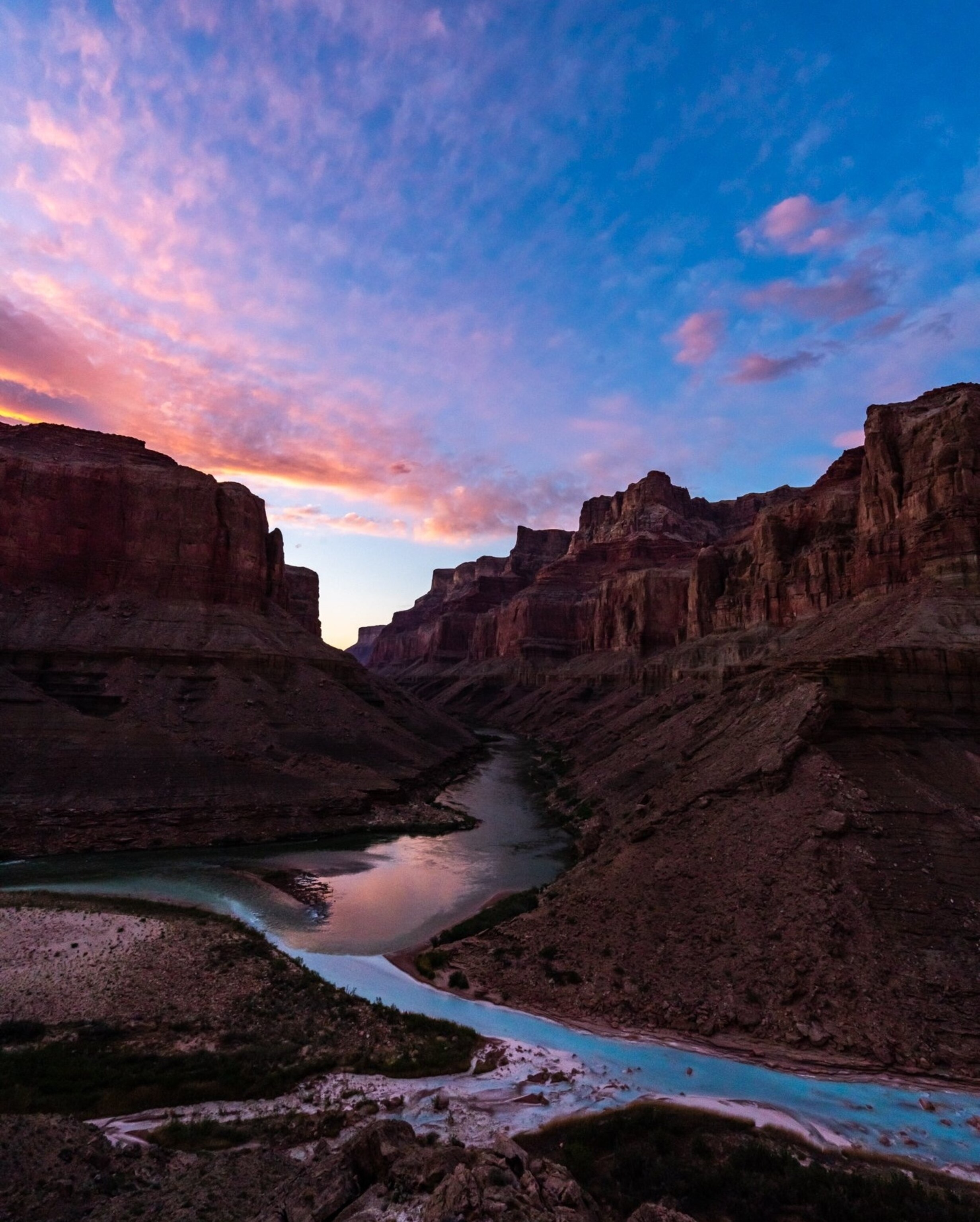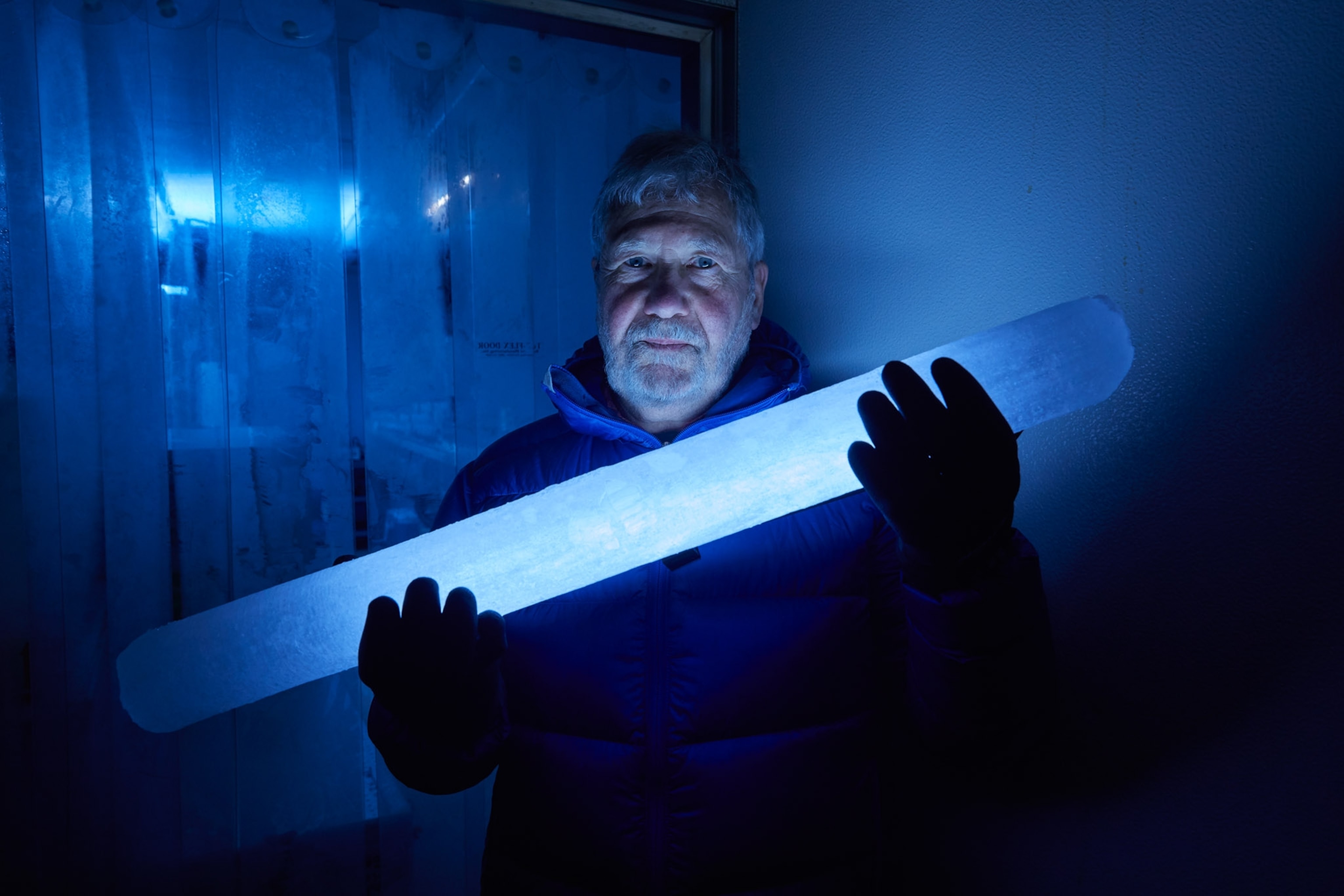By Victoria Jaggard, SCIENCE Executive Editor
One of my favorite family traditions growing up was celebrating Easter with cascarones. For the first few months of the year, I would watch with glee as my mom carefully cracked our weekend breakfast eggs to leave only a dime-size hole on one end, and I relished playing with the food dyes and confetti on assembly day. But of course, nothing compared to the satisfying crunch as I smashed one of those carefully made eggs over the head of a laughing aunt, uncle, or cousin on Easter morning.
Humans have a long history of weaving colorful bird eggs into our cultural traditions. And as with many things that bring me joy, I can thank dinosaurs for that.
Modern birds are the last living descendants of dinosaurs, which also laid eggs in a fabulous variety of shapes and colors. According to research on the fossilized pigments from ancient eggs, dinosaurs picked up the habit of making their shells in a rainbow of hues more than 145 million years ago. Perhaps counterintuitively to us, with our limited human perception of color, adding blues and greens and speckles to eggs was a way of making them less visible to predators, our Michael Greshko reported in 2018. That’s because calcite, the white mineral that makes up hard eggshells, would glow vivid pink to a dinosaur’s eyes.
But go back even further, and it seems dinosaur eggs didn’t need that extra layer of pigmented protection, because they were buried from view. According to a paper released this week in the journal Nature, fossil eggs from the dinosaurs Protoceratops and Mussaurus (pictured above) both show chemical traits of being soft rather than calcified. Placing these species on a dinosaur family tree and working backward, the researchers conclude that the common ancestor of all dinosaurs most likely filled its nests with soft, leathery eggs left buried in sand or soil, akin to the habits of modern sea turtles.
From that starting position, the team says, dinosaurs went on to develop hard eggshells three separate times during their evolutionary journey—including on the branch of the tree that gave rise to modern birds. So, thank you, dinosaurs for giving me the precious gift of terrifying my South Texas relatives with annual spatterings of colorful eggshell in their hair.
Do you get this daily? If not, sign up here or forward to a friend.
Your Instagram photo of the day

Light, water, and time: “Three of my favorite elements in photography are also the key architects in creating this landscape,” photographer Pete McBride says, referring to the Grand Canyon. “I spent over a year isolated in this place for Nat Geo. At one point, I even spent eight days totally alone with only an audiobook (printed versions were too heavy), my thoughts, and no communication with the outside world. Now, I sadly feel isolated from it and miss it, but I suspect this time machine of stone, and the wild critters inside, do not miss us.”
Subscriber exclusive: Are we losing the Grand Canyon?
Are you one of our 138 million Instagram followers? (If not, follow us now.)
Today in a minute
She takes their blood: Wearing thick leather gloves and holding fine-mesh, long-handled nets, Supaporn Wacharapluesadee has captured bats and taken their blood for several diseases. She’s a go-to researcher for Thailand when new diseases strike—and she’s trying to prepare for the next deadly virus. Fran Smith, reporting for Nat Geo, tracks Wacharapluesadee and her colleagues as they investigate some of the estimated 1.6 million viruses we know little about. The researchers know funding for their work often is precarious—until it’s too late for one pandemic.
Surviving rainforests: Researchers have found human gear dating back 48,000 years, including the earliest bow-and-arrow technology discovered outside Africa. The haul was found in a cave in Sri Lanka and has been seen as survival tools for humans in the jungles and rainforests there, Tim Vernimmen writes for Nat Geo. The humans needed arrows to capture agile animals in the dense forests, researchers say. “Most of these tools were made out of monkey bone, and many of them appear to have been carefully shaped into arrowheads,” says archaeologist Michelle Langley. “They are too small and light to have been spearheads, which need some weight to gain force, and too heavy and blunt to have been blow darts.”
High smoke: A massive puff of smoke from the wildfires that tore across Australia in December and January made it up to 20 miles in the atmosphere. In an unusual occurrence, the smoke wrapped itself around rotating winds, and it has not yet fully dissipated. In one week, the fire-fueled thunderstorms in Australia put between 300,000 and 900,000 metric tons of smoke into the stratosphere, more than any seen from a previous inferno, Science News reports.
A cosmic iceberg: The mysterious 1,000-foot-long, cigar-shaped object that traveled through our solar system in 2017 was neither a comet nor an asteroid. Two astronomers say the object, called Oumuamua, was a chunk of frozen hydrogen from an interstellar cloud that predated stars and planets. Tens of thousands of suns can fit inside one of these interstellar clouds, the New York Times reports.
The truth is out there: But where, exactly, do intelligent civilizations exist in the galaxy? Oh, in about 36 other places, according to calculations by an astrophysics team. The new research is based on one huge assumption, co-author Christopher Conselice tells the Guardian. “Basically, we made the assumption that intelligent life would form on other [Earth-like] planets like it has on Earth, so within a few billion years life would automatically form as a natural part of evolution.” OK, OK—but what’s the coffee like there?
The big takeaway

The trifecta: Oppressive heat, high unemployment, and a pandemic. That’s what the United States is facing this summer, with no FEMA funds available to help Americans from the heat, the nation’s second leading weather-related cause of death. Local authorities are facing huge challenges, particularly with the elderly, Stephen Leahy writes for Nat Geo. “We haven’t figured out how to handle all this,” says Patricia Solís of Arizona State’s Knowledge Exchange for Resilience, a group focused on building community collaboration in times of crisis. Pictured above, a fountain provides relief from the summer heat in Queens, New York, in July 2019.
In a few words
At primary school, we would stay up late and play
Sonic the Hedgehog, passing the controller back and forth
when one of us died. Run, jump, jump, run, jump, run, run.
One night, his grandma screamed at us in Urdu.
She wore a plain white nighty.
We stopped laughing, or we tried laughing quietly.
By the time we had completed a level,
we could run through each jump without looking.Will Harris, Poet; from The white jumper
Did a friend forward this newsletter?
On Thursday, Rachael Bale covers the latest in animal news. If you’re not a subscriber, sign up here to also get Whitney Johnson on photography, Debra Adams Simmons on history, and George Stone on travel.
The last glimpse

What the ice tells us: Scientists are examining clues captured from ice core samples taken near the top of Everest. “The ice doesn’t lie,” says climate scientist Paul Mayewski, holding one of the samples (above). “The very idea that the highest part of the planet has been impacted by human activity ought to be a real wakeup call for everybody.” The ice cores and lake sediment cores, extracted on an expedition last year, will provide a record of what the environment was like going back thousands of years, Freddie Wilkinson writes for Nat Geo. Snow and water samples give a look at what’s happening on the mountain today, helping scientists track a water crisis.
Subscriber exclusive: Shrinking glaciers are prompting a water crisis for 270 million people in South Asia
